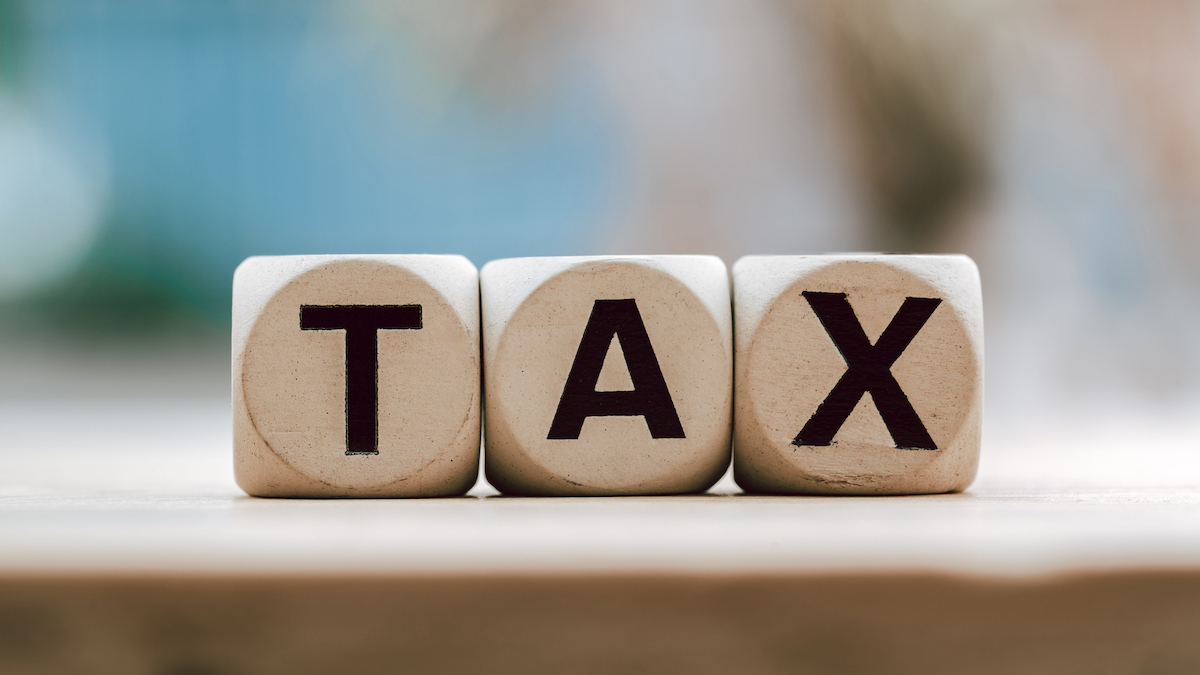GOT GAS? Enough about gas taxation, what about hydrogen?

Yup. Tax. Pic: Werayuth Tessrimuang / EyeEm via Getty Images
Gas taxation issues have been brought out into the forefront (again) after the Australia Institute reported that Western Australia would receive just $430m in revenue from the giant offshore gas fields that pepper its northwest coast.
This is a mere fraction of the $27bn in exports that the gas industry generated last year.
To make it even worse, the “Gas-fired robbery” report found that the sector created few jobs and represented a large and rising source of greenhouse gas.
Needless to say, media outlets have picked up on this issue and ran away with it.
That’s not to say that the industry is taking it lying down, with Chevron claiming that by the early to mid 2020s, it would pay up to $2bn a year in federal and state taxes and royalties.
A Western Australian government spokesperson also noted that while the state didn’t receive much in direct revenues from gas taxation, it benefitted in other areas.
This can be narrowed down to the 15% domestic gas reservation policy, which has ensured that the state has enjoyed comparatively cheap gas to generate power with – something that gas users in the eastern states are undoubtedly envious about.
But here’s the thing, this issue about offshore gas taxation is hardly new, with Fairfax Media outlets reporting in 2016 that Australia would receive just $800m from the offshore gas sector in 2021, contrasting starkly with the $26.6bn that Qatar could expect to receive from the same volume of gas.
While the exactly values have changed (thanks Covid), the sentiment remains the same.
What about hydrogen gas taxation?
These questions about natural gas taxation segue neatly into questions about taxation of what the Federal government is spruiking as the next big thing, namely hydrogen.
With all the attention that’s been heaped on hydrogen, it seems pertinent to ask exactly how we are going to go about taxing it without killing off the sector before it even gets off the ground.
At the same time, it would behove us to ensure that issue surrounding offshore gas doesn’t repeat itself, though this would be also countered by the two industries being essentially chalk and cheese – assuming of course that we limit ourselves to green hydrogen, blue hydrogen adds its own set of issues.
For this little thought exercise, we will consider that while natural gas production is essentially extracting a finite resource, hydrogen production is for all intents and purposes making use of a nigh infinite one.
While levying royalties on natural gas makes sense given that it is essentially compensating Australia for extracting an irreplaceable resource, it seems questionable to do the same for green hydrogen that is produced by using energy from the sun or wind to split water molecules into hydrogen and oxygen.
As noted by law firm Greenwoods & Herbert Smith Freehills, Australia’s Hydrogen Strategy does not explicitly consider the gas to be an energy source, meaning that it does not yet fall within the Energy Infrastructure framework within the staples rules.
The Strategy does note that Australia will continue with the revenue arrangements that currently apply to hydrogen, but may consult industry and the community before making any specific changes.
Greenwoods does point several tax incentives that might be applicable for the sector though another possibility would be the introduction of hydrogen production tax credits similar to those being proposed in the US that will support the sector as it matures.
On the domestic front, a flat fuel excise tax of 42.7c is levied for every litre of fuel purchased, ostensibly to pay for our roads.
It is not a stretch to imagine that the same could be done for hydrogen at the bowsers though this might put hydrogen powered vehicles at a bit of a disadvantage compared to their battery electric counterparts.
However, several Australian states have introduced what amounts to usage taxes on BEVs that along with a fuel excise tax for hydrogen, could well replace at least part of the revenue from the current tax on petrol and diesel.
Related Topics

UNLOCK INSIGHTS
Discover the untold stories of emerging ASX stocks.
Daily news and expert analysis, it's free to subscribe.
By proceeding, you confirm you understand that we handle personal information in accordance with our Privacy Policy.








